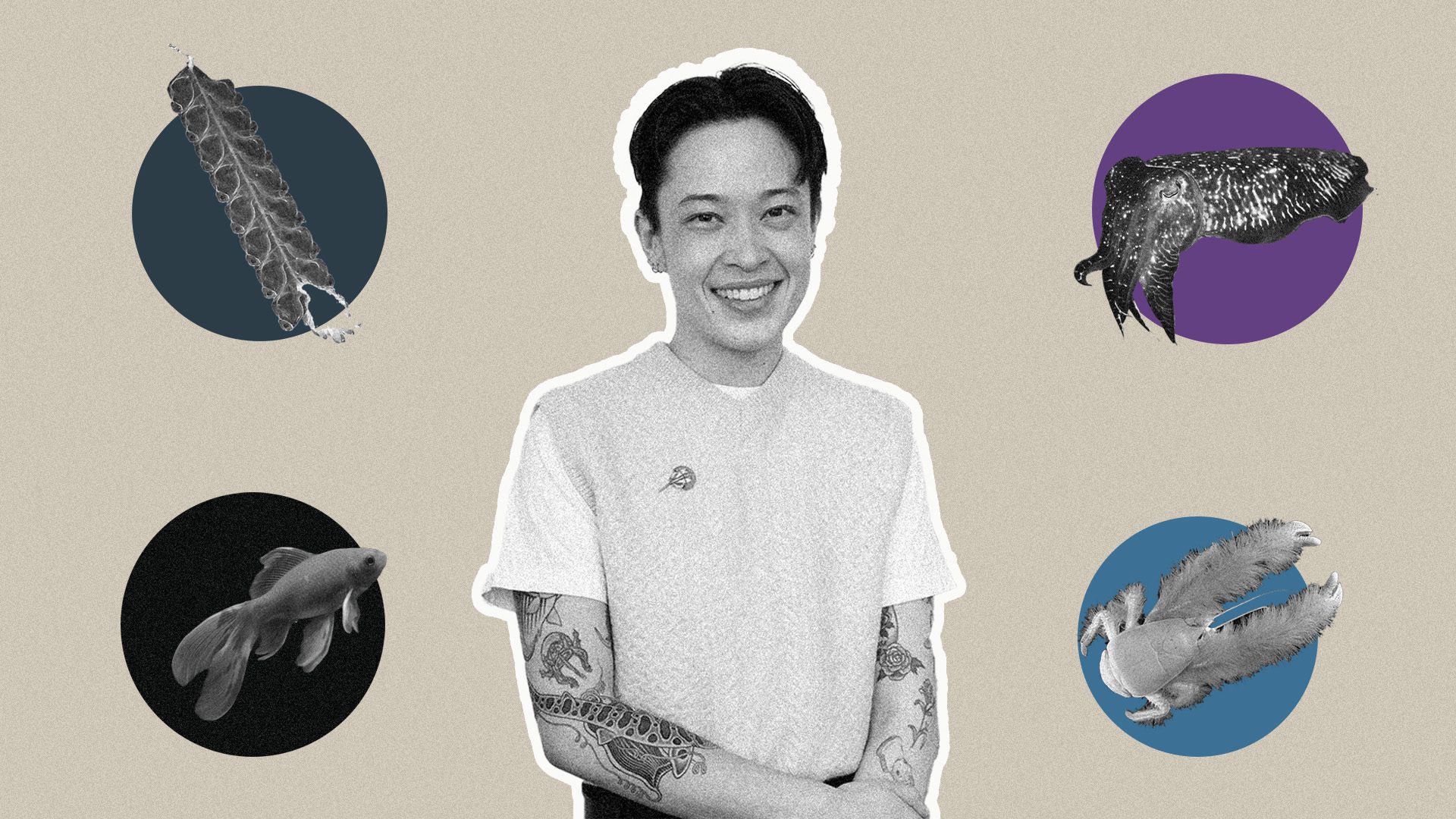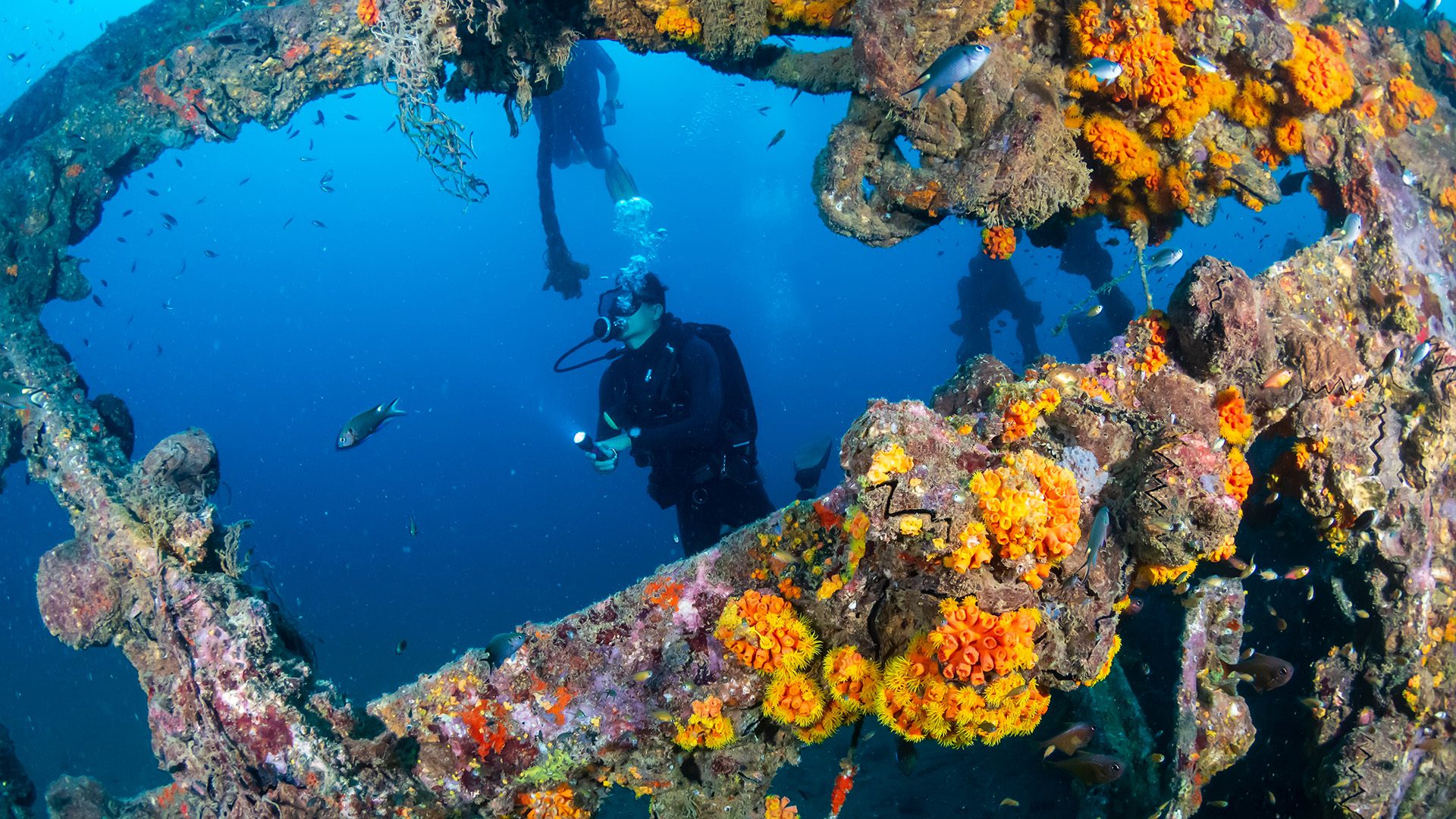
Estimated reading time: 3 minutes
Writer and science journalist Sabrina Imbler has always been drawn to species that lurk in the shadows of science — the ugly, icky, non-charismatic creatures, often lacking recognizable faces or bodies. Far from the spotlight that bathes dolphins in their glory, Imbler finds wonder in the overlooked: creatures so alien they challenge our very concept of life.
For Imbler, the ocean offered an unexpected refuge from childhood pollen allergies — a different way to connect with nature that didn't leave them sneezing. This early sanctuary sparked a fascination that would later blur the lines between scientific observation and personal experience. During fish surveys on a research boat in San Francisco Bay, Imbler found themselves physically connecting with the species they measured and identified: anchovies, sardines, speckled tonguefish, California bat rays, and leopard sharks. "I was always covered in scales after trawls. I would hold my arms up to the light and admire my iridescent, sweat-dewed fish-skin, " they write in "How Far the Light Reaches." Through their intimate portraits of sea creatures, Imbler reveals how we might find kinship in even the strangest beings. "The idea that we all share a common ancestor and have taken these enormously diverging paths has always felt incredible to me," they reflect.
Imbler's writing flows like an ocean current, moving from a goldfish in a Japanese garden pond to the ocean’s deepest abysses, all while exploring themes of gender identity, family, and culture through marine metaphors. In each chapter, we encounter remarkable creatures — a mother octopus guarding her eggs, yeti crabs frantically waving bristly arms, and sunken whales transformed into colonies of worms — that mirror Imbler's reflections on body image, queer relationships, and community. "My understanding of the scientific knowledge of these animals makes me feel like I can understand a part of myself more," they write, finding profound connections between the adaptability of marine life and human experience. As we're pulled around capes and submerged into abysses where animals withstand even the most intense elements, Imbler reveals how the ocean's inhabitants can illuminate our own stories of survival and transformation.
In our conversation about blending scientific rigor with human emotion, Imbler opened up about wrestling with this challenge in their book. "Traditional journalism very staunchly believes in this idea of objectivity, that you can interview enough people and then get an unbiased quote. Objectivity is a big idea in science as well."
While traditional science journalism often adopts detached perspectives of marine life, and anthropomorphism risks oversimplifying things, Imbler takes their own approach. Their work becomes a daring deep dive into uncharted fathoms, one that acknowledges the limits of metaphor while exploring its creative possibilities.
Consider how they investigate mysterious jelly-like blobs that washed over their body at Rockaway Beach in New York City. From this visceral encounter, Imbler embarks on an investigation, scouring papers and interviewing park rangers — until they finally identify these creatures as salps, relatives of sea squirts. What might seem like a simple case of taxonomy transforms into something deeper as Imbler contemplates what we might share with an organism that can reverse its life history or form chains with clones of itself. “In that essay, it helped to think about the times where I have felt less like an individual, when I have felt like my survival is tied to community or the people around me,” they reflect, drawing parallels between these linked organisms and the collective power Imbler witnessed in protest.
These insights from Imbler push us to see our place in nature differently, turning our attention to the overlooked, the marginal, and the downright strange. By breaking away from rigid hierarchies of how we typically think about biological life, Imbler suggests a bold new kind of ecological empathy — one that sees the depths of the ocean and challenges us to reconsider our own complex relationships with the watery world.



